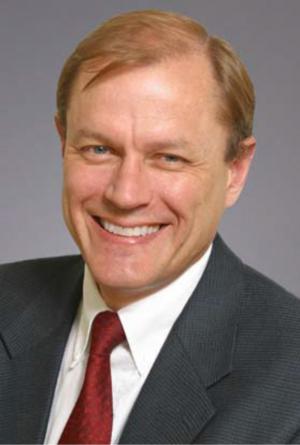Chairman Wood, Commissioners Brownell, Massey, Breathitt, take a bow
Steve Huntoon is the principal of Energy Counsel, LLP. Mr. Huntoon is a former president of the Energy Bar Association, and for over 30 years of practice in energy regulatory law he has advised and represented such companies and institutions as Dynegy, PECO Energy (now part of Exelon), Florida Power & Light (NextEra Energy), ISO New England, Entergy, PacifiCorp, Williston Basin (MDU Resources) and Conectiv (now part of PHI, and Exelon).
Standard Market Design. We’re coming up on its 15th anniversary.

It was demonized on the Hill, declared dead by FERC in 2005, and remains a political third rail. So much so that FERC Chairman Norman Bay told the Senate Energy and Natural Resources Committee during his confirmation hearing, “I do not believe in Standard Market Design.”
Who could blame him?
But what really became of SMD? First let’s remind ourselves what it is.
Here are its ten core elements, taken from FERC’s 2002 press release:
Regional independent grid operation. Regional transmission planning. Single network transmission service (no rate pancaking). Market monitoring and market power mitigation. Locational marginal pricing. Congestion revenue rights. Security constrained day-ahead and real-time energy markets. Ancillary service markets. Resource adequacy requirement. Demand response.
Any of these sound familiar? They all should. All these elements are part of all the organized markets in this country.1 And these organized markets serve about two-thirds of the electric load in this country.
There has been a debate over the benefits of organized markets à la SMD. I’m not going to reprise that general debate, but I’m going to focus on one subject, new nuclear.

